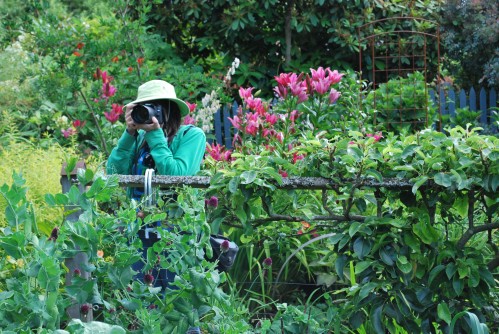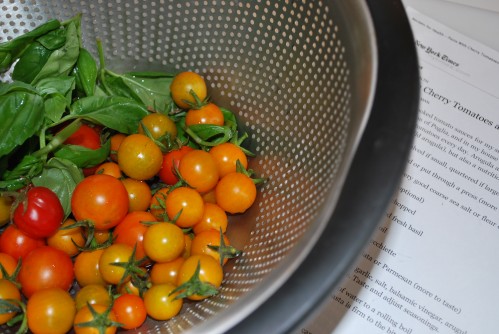 I saw this "Bad Bedfellows List" in Troy-Bilt's Great Gardens, 6th Edition, Garden Hints, Tips, and Techniques, and wanted to share it with all of you. Not all vegetables coexist well when planted side by side, in a friendly vegetable garden.
I saw this "Bad Bedfellows List" in Troy-Bilt's Great Gardens, 6th Edition, Garden Hints, Tips, and Techniques, and wanted to share it with all of you. Not all vegetables coexist well when planted side by side, in a friendly vegetable garden.
Have you ever witnessed a friend's or neighbor's "picture perfect" vegetable garden. They are probably incorporating the vegetable garden techniques of crop rotation, successive planting, inter-planting, and oh yes, compatibility likes and dislikes when growing vegetables.
Generally speaking, plants of the same "plant family" will grow and thrive together. Below, is an informal list of vegetables that are "imperfect pairings" and should not be grown in close proximity to each other.
Incompatible Pairings: Asparagus and Garlic Beans and Onions Beets and Beans Broccoli and Beans Cabbage and Strawberries Carrots and Celery Corn and Tomatoes Onions and Peas Potatoes and Tomatoes
If you are curious for more information and a source on plant compatibility, read Carrots Love Tomatoes by Louise Riotte.
Glossary Crop Rotation. Rotating your vegetables to a different spot or bed in your vegetable garden. Avoid growing the same vegetable in the same spot each year. An example is tomatoes.
Successive Planting. Planting the same crops in timed intervals, allowing for a longer harvest of one particular crop. An example is lettuce.
Inter-planting. Planting compatible vegetables with different maturing times, space requirements. An example is the Native American Indian technique called "Three Sisters" comprised of planting corn, beans, and squash together.
Please share if you are aware of incompatible vegetable plant pairings. Please comment if you use these techniques for better vegetable growing and yield.
VintageGardenGal Tidbit Thyme....
VintageGardenGal, a garden lifestyle blog, is celebrating it's third anniversary this month! Fab Sponsor, ORGIN DAY SPA in the San Diego, California area, is offering 20% off of services for a limited time, when you mention "VintageGardenGal" at time of scheduling.
Thank you everyone for your interest and support. See you in the garden!
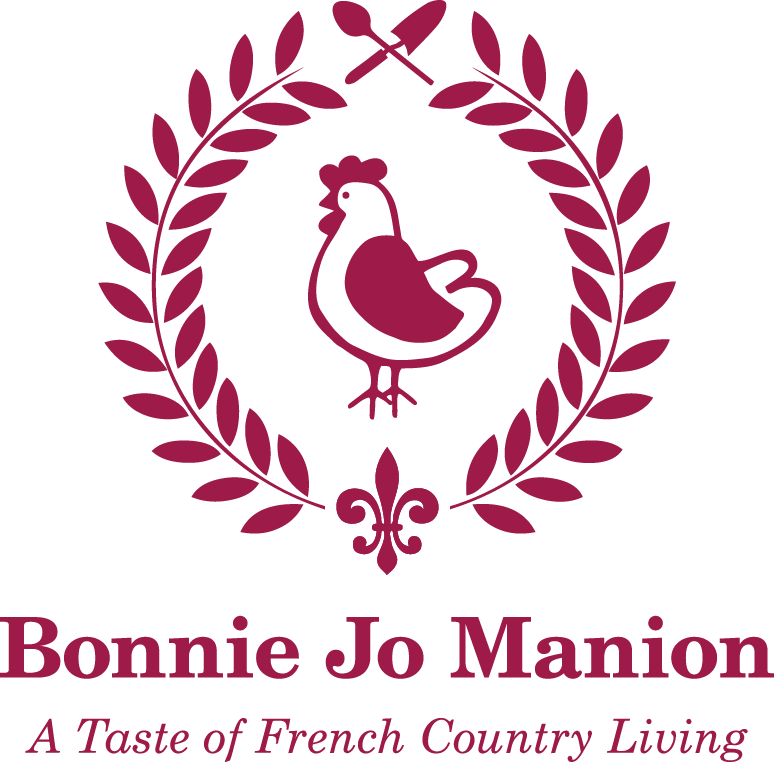

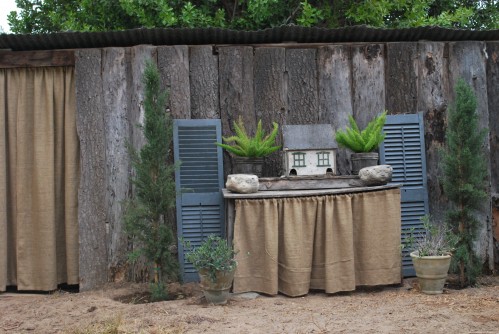
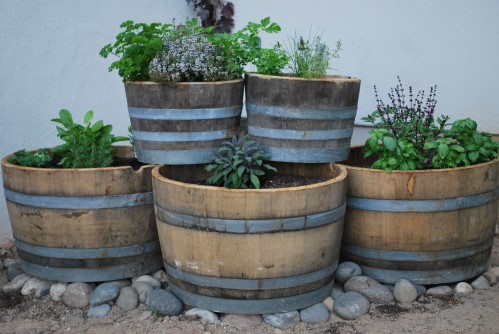
 , Edible Landscaping book. This is a terrific book for incorporating more edibles in your landscaping. Rosalind has a whole chapter on "Designing With Herbs."
, Edible Landscaping book. This is a terrific book for incorporating more edibles in your landscaping. Rosalind has a whole chapter on "Designing With Herbs."
